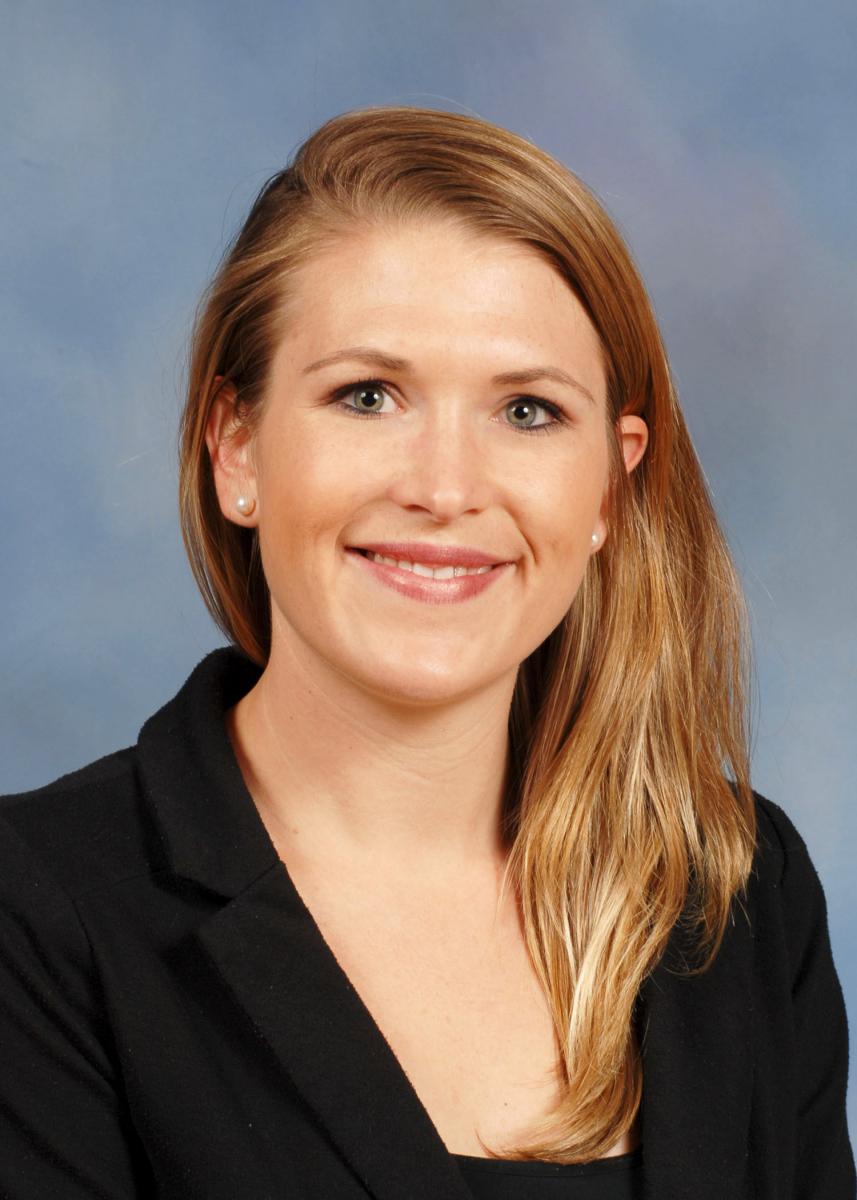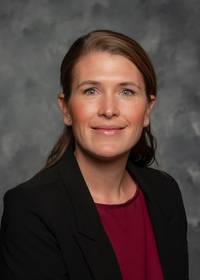Information Possibly Outdated
The information presented on this page was originally released on December 8, 2017. It may not be outdated, but please search our site for more current information. If you plan to quote or reference this information in a publication, please check with the Extension specialist or author before proceeding.
Protect the environment with care for watersheds
STARKVILLE, Miss. -- All of us live in a particular town, county, state and country. Just as importantly, we also live in a specific watershed.
Everyone on earth resides in and interacts with a watershed on a daily basis. Watersheds are natural landscape boundaries that define an area that drains into a stream, river, lake, reservoir or ocean. Watersheds can range from a few acres to thousands of square miles. They are also nested, meaning smaller watersheds make up larger watersheds.
For example, the Red Bud-Catalpa Creek Watershed, which drains some residential areas of south Starkville, Mississippi, and the main campus of Mississippi State University, covers 45.2 square miles. This watershed, along with many other small watersheds, it is part of the larger Catalpa Creek-Tibbee Creek Watershed, which is nested within the even larger Tombigbee River Basin. The Tombigbee River Basin ultimately drains about 6,100 square miles.
Living within watersheds inherently connects all of us through the water itself. In fact, water connects us on a global scale.
Rainwater flows over the landscape carrying nutrients, sediments and sometimes pollutants through the watershed, moving from high to low elevations. A single drop of rainwater can move through the soil to groundwater aquifers. It can travel thousands of miles through river systems and across oceans. Or it can evaporate into the air and move about the earth’s atmosphere. This process is called the water cycle.
Because water can move around the entire globe, our behaviors and land practices in one region of the world can impact other regions. If you find that hard to believe, let me give you some examples:
*Marine scientists found 18 tons of plastic piling up on Henderson Island, which is an uninhabited remote island in the eastern South Pacific; the trash had traveled across the ocean from populated regions.
*Uninhabited areas of the Arctic are polluted from winds that sweep airborne pollution north from lower latitudes, allowing it to settle into the ocean and onto sea ice.
*Land use practices in regions of the Mississippi River Basin -- which stretches as far west as Montana, as far north as Minnesota, and as far east as Pennsylvania -- contribute nutrients that travel to and pollute the Gulf of Mexico, resulting in an annual hypoxic zone that threatens the coastal fisheries industry.
The point here is, that no matter where you live, water connects us all. Consider where your water comes from and where it goes. Also, reflect on how your water use impacts the quality of the water available.
Take action in your community to keep it a clean and healthy place to live. Care for water resources begins with realizing that our behaviors and actions can affect our communities and neighbors near and far.
Good stewardship of a local watershed includes properly disposing of pet waste, not over fertilizing lawns, following directions when applying pesticides and herbicides, and using smart landscape practices. Other water conservation measures include turning off the water while brushing your teeth and washing dishes, taking shorter showers, and using low-flow shower and faucet heads. Simple strategies that are easy to implement are often the ones that can have the most immediate impact.
For more resources on watershed stewardship, visit the MSU Extension Service and Mississippi Water Resources Research Institute websites.
For more information about water conservation, contact Beth Baker with the Research and Education to Advance Conservation and Habitat program at MSU at 662-325-7491 or beth.baker@msstate.edu.

[Editor’s Note: Extension Outdoors is a column authored by several different experts in the Mississippi State University Extension Service.

Editor’s Note: Extension Outdoors is a column authored by several different experts in the Mississippi State University Extension Service.





